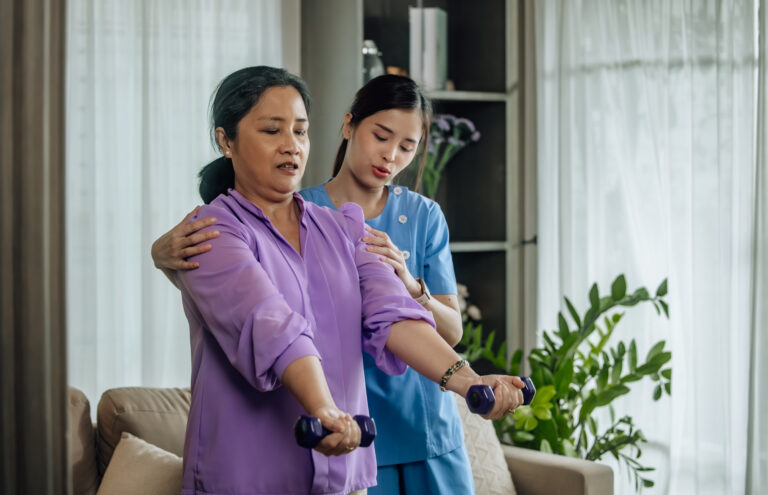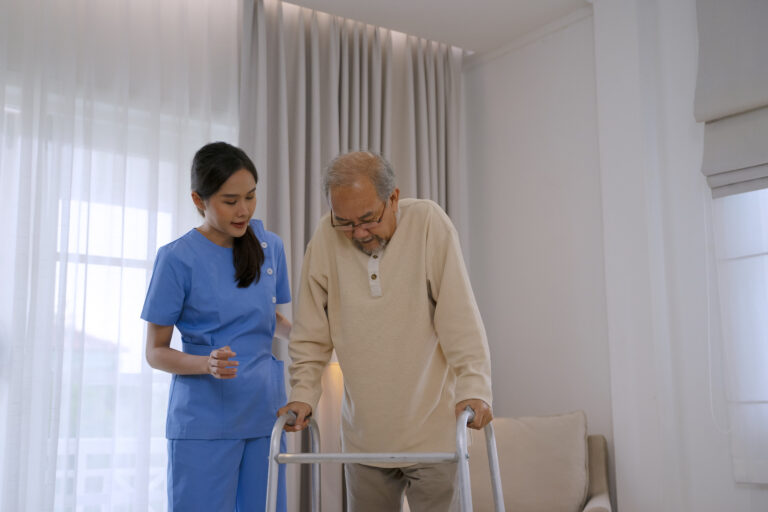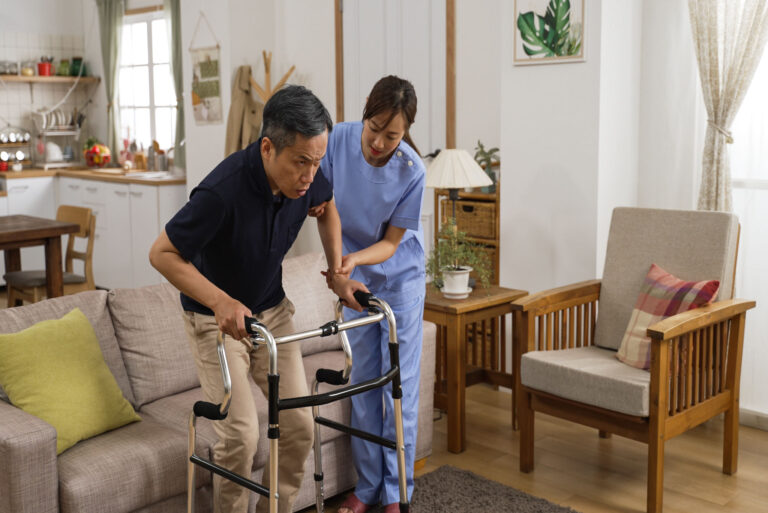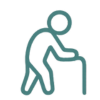Joint Stiffness Relief – Home Visit Physiotherapy
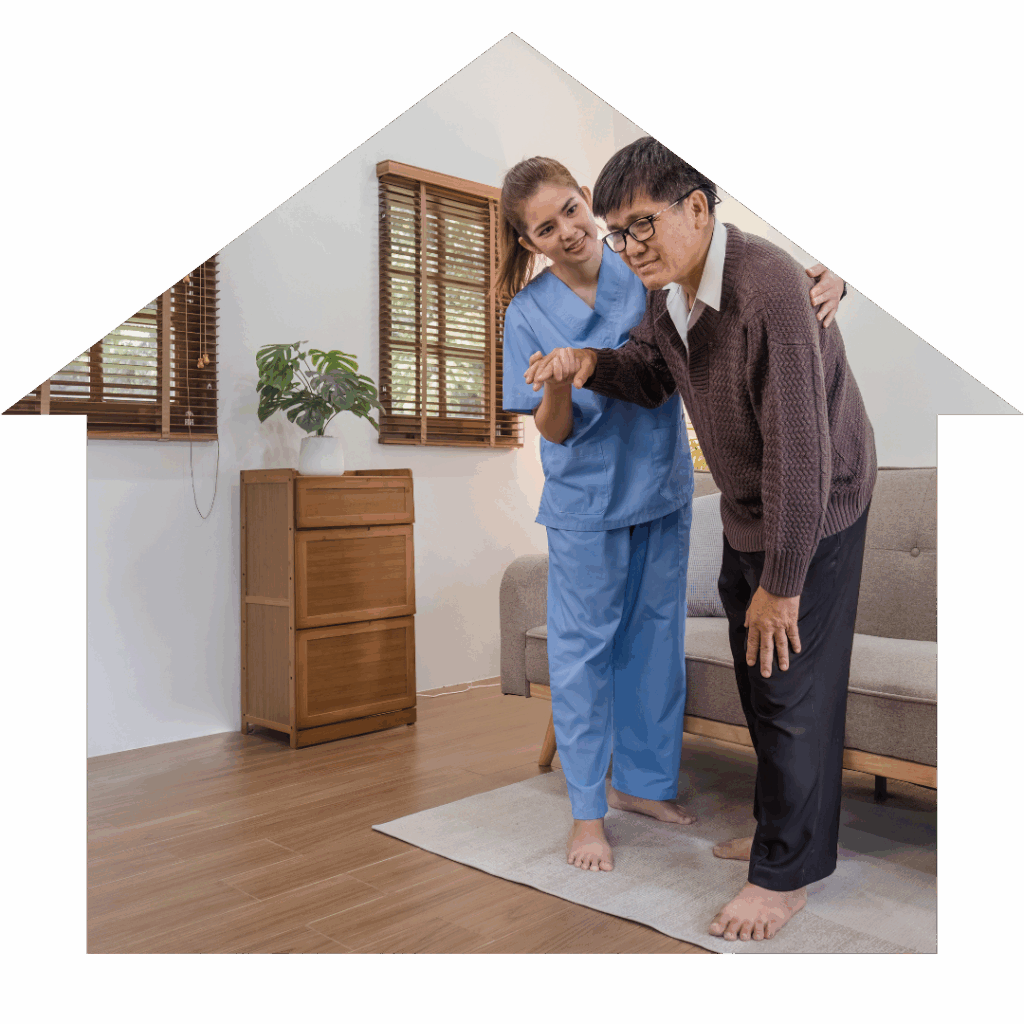
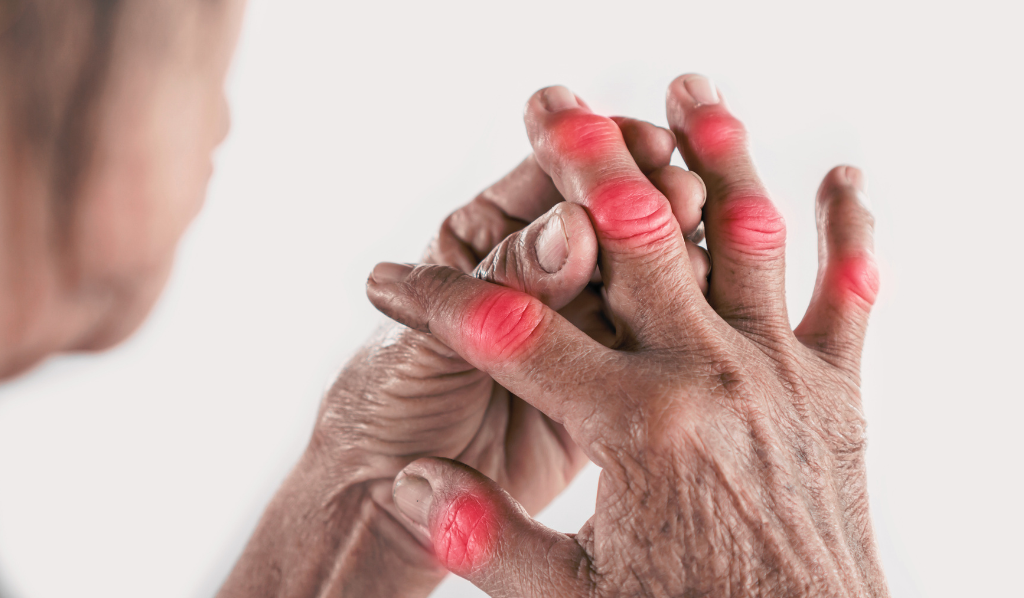
What is Joint StiffnesS?
Joint stiffness is an impairment in the range of motion for the joint, which is often associated with tightness, discomfort or discomfort. It can be caused by an injury, arthritis, inflammation and prolonged inactivity and post-surgical inmobilisation. Most commonly affected areas are shoulder, hips, knees and fingers. If not addressed joint stiffness may cause problems in everyday activities like walking or dressing, or reaching. Early intervention in physiotherapy can help ease symptoms, increase flexibility and help prevent the development of long-term disabilities through promoting joint health and movements.
Common Challenges with Joint Stiffness
Pain and Limited Mobility
Everyday activities like the climb up and down stairs, bending or lifting may become challenging because of joint mobility issues and discomfort.
Functional Limitations
Stiffness can hinder basic tasks such as dressing, cooking or walking. It can also limit your independence.
Weakness and Inactivity
In the event of discomfort, it can result in a lack of motion, resulting in muscle weakness and joint inactivity.
Our Approach to Joint Stiffness Rehabilitation
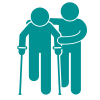
Targeted Joint Mobilisation
Manual techniques to restore motion and decrease the tightness.

Strengthening Exercises
Resistance training that builds up gradually to help support joint strength and function.

Stretching & Flexibility Training
Customized routines that increase flexibility and decrease tightness.

Heat & Cold Therapy
The use of thermal techniques to relieve swelling, pain, and stiffness.

Functional Movement Training
Regular practice of activities in order to increase the independence and coordination.

Education on Joint Protection
Tips on changing your lifestyle as well as adaptive aids and methods for pacing.
Why Choose Rehab Therapist for Joint Stiffness Physiotherapy

Expert Mobile Physiotherapists
Experts in musculoskeletal and senior rehabilitation, providing expert treatment at your residence.

Bespoke Treatment Plans
Each plan is customized to your needs, goals as well as your pain level and your medical history.

Convenient In-Home Sessions
Do not need to travel - receive professional treatment in the comfort of your own home.

Trusted by Local GPs & Families
We are endorsed by health professionals as well as families throughout Buckinghamshire and the surrounding counties.

Supportive and Compassionate Care
Our focus is not just on physical healing, but also emotional wellbeing too.

Coverage Across the Region
Serving Buckinghamshire, Bedfordshire, Hertfordshire, Oxfordshire, London, and Surrey.
Who Can Benefit from Joint Stiffness Physiotherapy
Arthritis Patients
For easing stiffness in the morning and to improve joint function.
Older Adults
Assistance for joint changes due to age to ensure safety and mobility.
Post-Surgical Patients
Regain movement following an immobilisation or joint replacement.
Sports Injury Recovery
Help in restoring flexibility and strength following injury.
Sedentary Lifestyle
Patients who experience stiffness as a result of poor movement or desk work.
Caregivers & Family Support
We offer guidance for anyone who is supporting loved ones through the process of recovery.
Areas we cover for Joint Stiffness
Our Specialist Physiotherapists visit your home in the areas below and beyond.
Joint Pain Relief is Possible - And It Starts at Home
Don’t let stiffness stop you from moving behind. Our physiotherapists will bring expert advice right at your doorstep, helping you move more easily and enjoy life to the fullest.
Success Stories
Margaret L., Bedfordshire
David S., Croydon
Anne B., Hemel Hempstead
FAQs
What is the cause of stiff joints?
The cause of joint stiffness could be injuries, arthritis inflammation, inactivity as well as postoperative imobilisation. Physical therapy can improve mobility and decrease stiffness.
Does physiotherapy help stiff joints?
Yes, physiotherapy is efficient in enhancing joint mobility, decreasing discomfort, and restoring regular function by guiding exercises and hands-on methods.
How long will you need to wait for a difference?
The severity varies based on the intensity and regularity, but the majority of clients see improvements gradually over two to six weeks following regular exercise sessions and at home.
Do I require equipment or assistance?
We can suggest supportive tools or basic equipment when needed However, many of our methods and exercises make use of household objects or body weights.

